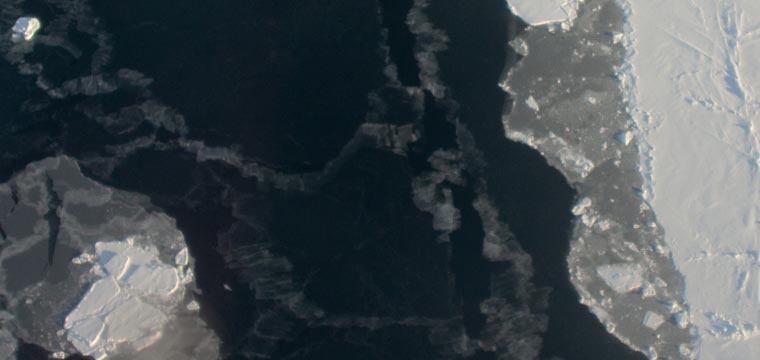 A recent study has demonstrated that including consideration of the radiative effects of falling snow can improve simulations of Antarctic sea-ice. These improvements can increase confidence in projected Antarctic sea level contributions and changes in global warming driven by long-term changes in Southern Ocean feedbacks.
A recent study has demonstrated that including consideration of the radiative effects of falling snow can improve simulations of Antarctic sea-ice. These improvements can increase confidence in projected Antarctic sea level contributions and changes in global warming driven by long-term changes in Southern Ocean feedbacks.
To address common disagreements between observations and modelled sea-ice cover the authors included the radiative effects in the CESM1 model. The results reduced differences between models and measurements mainly due to increased wintertime longwave heating restricting sea-ice growth and so reducing summer albedo.
Jui-Lin Li, Mark Richardson, Yulan Hong, Wei-Liang Lee, Yi-Hui Wang, Jia-Yuh Yu, Eric Fetzer, Graeme Stephens, Yinghui Liu, “Improved simulation of Antarctic sea ice due to the radiative effects of falling snow”, Environ. Res. Lett., 2017. DOI: 10.1088/1748-9326/aa7a17
